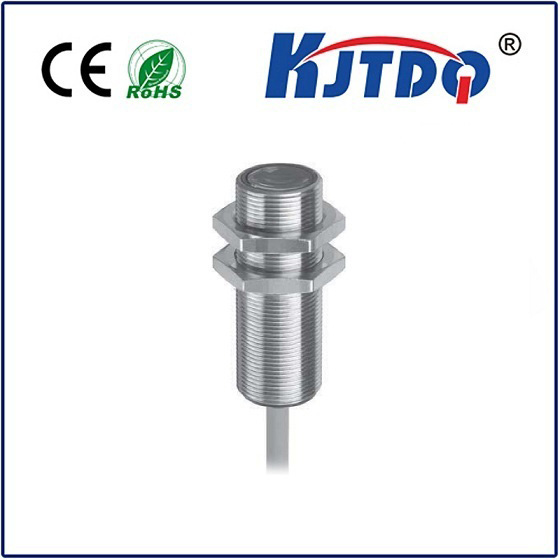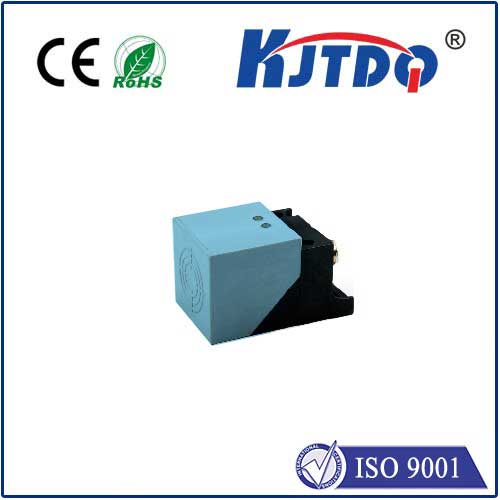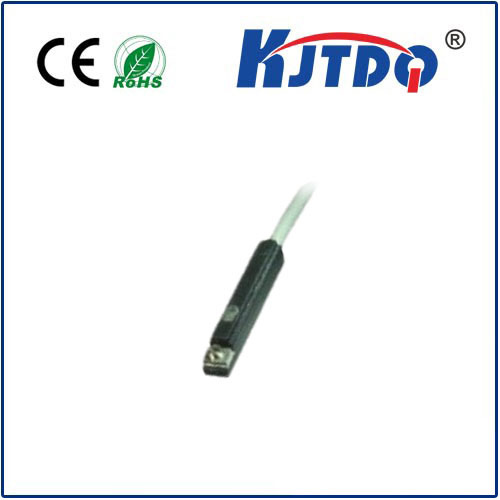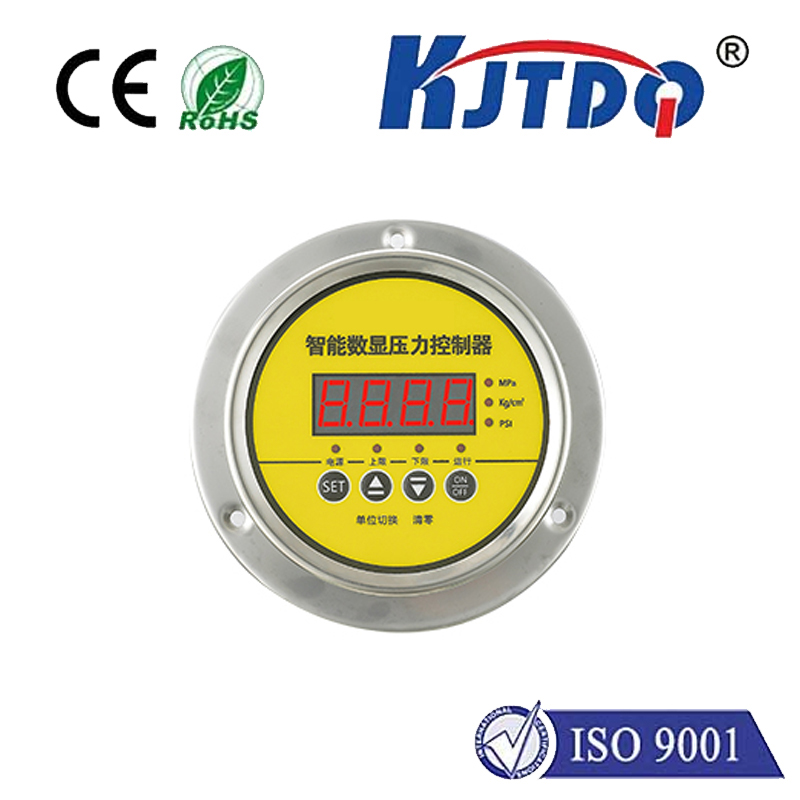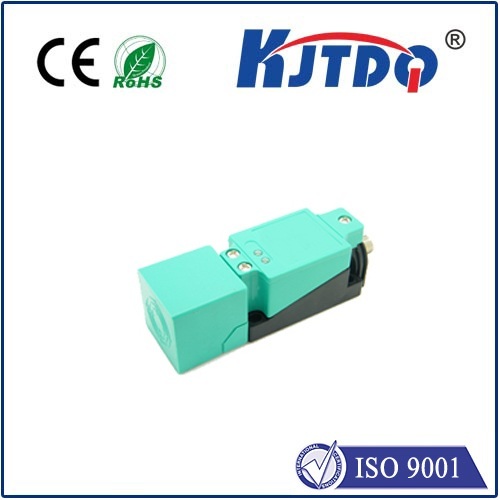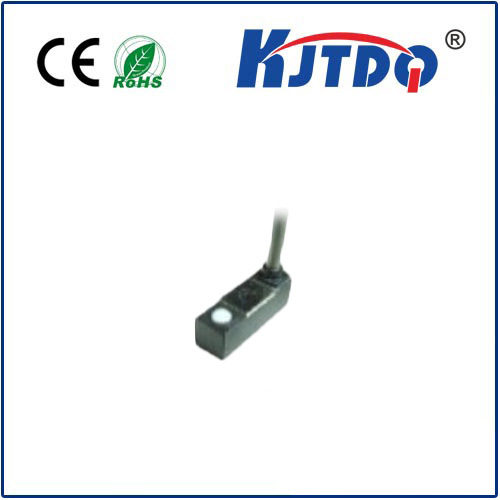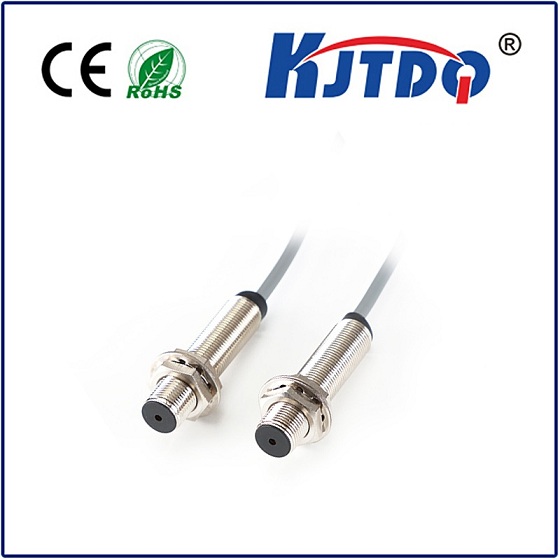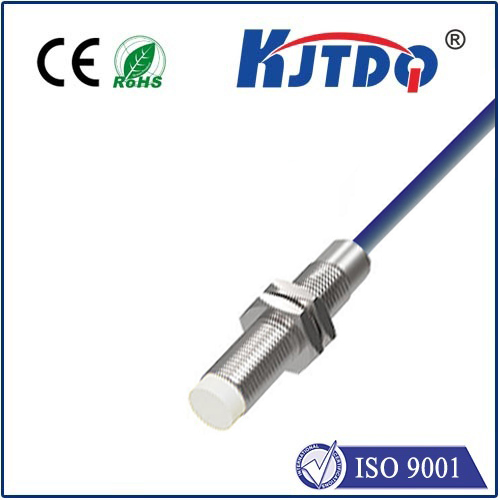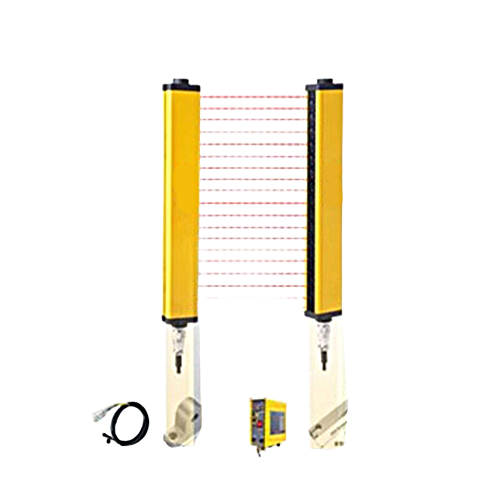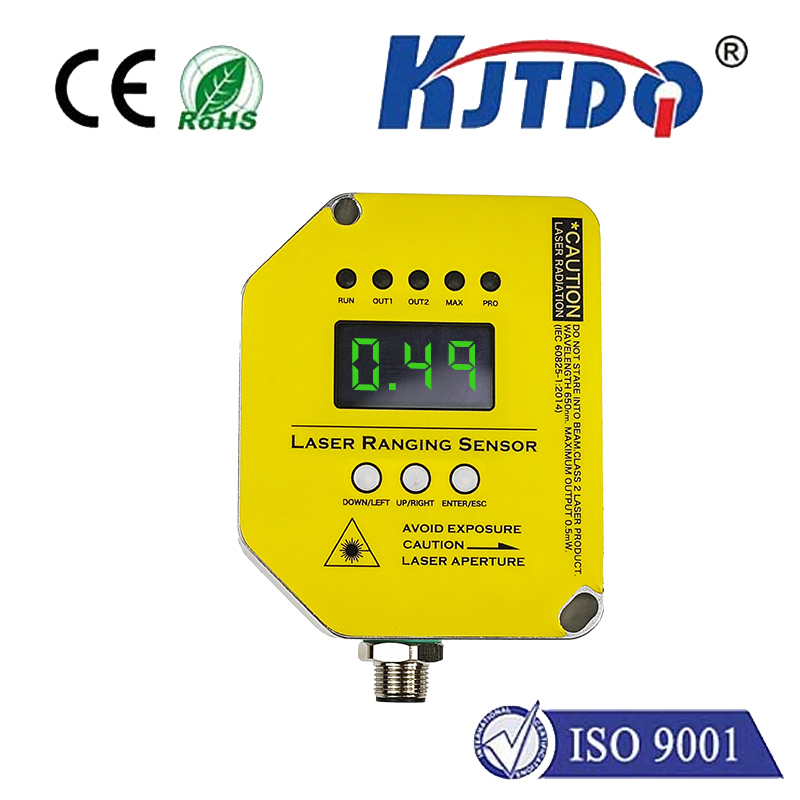BHS004T high pressure proximity sensor
- time:2025-10-02 06:59:32
- Click:0
BHS004T High Pressure Proximity Sensor: Your Unseen Guardian in Demanding Hydraulic Environments**
Imagine a critical hydraulic system operating under immense pressure – hundreds of bars relentlessly pushing fluid through lines. A sudden failure, a burst seal, or catastrophic component fatigue could mean more than just downtime; it could mean significant safety hazards and costly environmental damage. Industrial safety statistics consistently highlight the dangers associated with high-pressure fluid systems. This is precisely where precision monitoring becomes non-negotiable. Enter the BHS004T High Pressure Proximity Sensor, a specialized electronic sentinel engineered to operate reliably precisely where conventional sensors fear to tread.
The “BHS004T” designation identifies a specific model, likely from a particular manufacturer. “High Pressure Proximity Sensor” describes its core function: a device that detects the presence or absence of a nearby object (proximity sensing) without physical contact, specifically designed and built to endure and operate within environments characterized by extremely high fluid pressures. This isn’t your standard factory floor proximity switch; it’s a hardened specialist for the heart of powerful hydraulic circuits.
The Confluence of Precision and Robustness
Traditional inductive proximity sensors excel in countless automation tasks but often reach their limits when confronted with the demanding conditions inside high-pressure hydraulic blocks, cylinders, manifolds, or valve assemblies. Factors like intense vibrations, potential fluid contamination, thermal cycling, and, most crucially, the crushing forces exerted by system pressures necessitate a fundamentally tougher design.
The BHS004T addresses these challenges head-on:

- Exceptional Pressure Tolerance: This is the defining characteristic. While specifications vary, sensors like the BHS004T are typically rated for working pressures exceeding 300 bar (over 4350 PSI), often reaching 600 bar (8700 PSI) or higher. This robust construction prevents implosion or deformation under load.
- High IP Rating: To ensure reliable operation in environments prone to oil spray, washdowns, or hydraulic fluid mist, these sensors boast high Ingress Protection (IP) ratings, commonly IP67 or IP69K. This guarantees protection against dust ingress and powerful water jets or steam cleaning.
- Ruggedized Housing: Constructed from high-strength stainless steel alloys, the body is designed to withstand mechanical shock, vibration, and exposure to aggressive hydraulic fluids. The sensing face is equally robust.
- Reliable Inductive Sensing: Utilizing an inductive principle, the BHS004T detects the approach of ferrous metal targets (like piston rods, valve spools, plungers, or specially designed flags) within its specified sensing range. This non-contact method is inherently wear-free and provides long service life.
- Compact Design: Space is often at a premium within hydraulic systems. The BHS004T, often featuring standard M12 or M18 threaded cylindrical housings, is designed for integration into tight spaces. Drop-in replacements for existing pressure-rated sensors are a key design consideration.
Where the BHS004T Proves Indispensable
The unique capabilities of high-pressure proximity sensors like the BHS004T make them essential components in various critical applications:
- Hydraulic Cylinder Position Feedback: Accurately detecting the end positions of piston rods or specific points along the stroke inside the cylinder body under full operating pressure. Vital for precise control in presses, injection molding machines, and heavy lifting equipment.
- Valve Spool Position Monitoring: Confirming the exact position of directional control valve spools or proportional valve spools within high-pressure valve blocks. Crucial for system safety, feedback control loops, and diagnostic functions.
- Pressure Line Monitoring: Detecting the presence or movement of components (like poppets or balls) directly within high-pressure fluid lines or manifolds.
- Plunger/Pump Position Sensing: Monitoring the movement of plungers in high-pressure pumps.
- Piston Position in Hydraulic Motors:
- Safety Interlocks: Providing reliable status signals for safety-critical functions, ensuring a machine only operates when components are confirmed to be in a safe position.
- Condition Monitoring: Enabling predictive maintenance by detecting subtle changes in component position timing or vibration signatures under pressure.
The benefit transcends simple detection: Continuous, reliable position feedback enables tighter control loops, improved machine efficiency, enhanced diagnostic capabilities, and, most importantly, significantly increased safety by preventing operations based on uncertain component positions.
The Critical Edge: Why Pressure Rating Matters
Using a standard proximity sensor rated for only atmospheric pressure in a high-pressure hydraulic port is a recipe for disaster. The immense force can:
- Deform or Implode the Sensor: Instantly destroying it and potentially causing a significant fluid leak.
- Compromise Sealing: Leading to hydraulic fluid leaks, environmental contamination, pressure loss, and system failure.
- Cause Erratic Operation: Pressure-induced stresses can affect the internal electronics or sensing coil, leading to false signals or complete failure.
- Create a Safety Hazard: Sudden sensor failure or fluid ejection under pressure poses severe risks to personnel and equipment.
The BHS004T high pressure proximity sensor eliminates these risks by being intrinsically designed to handle the environment it’s placed in. Its sealed, reinforced construction acts as a barrier, protecting its sensitive internal components while providing the necessary electrical signal.
Integration and the IIoT Edge
Modern sensors like the BHS004T are increasingly designed with integration in mind. Featuring standard PNP or NPN output configurations (NPN often preferred for noise immunity) and using common M12 connectors, they slot readily into industrial control systems (PLCs). This facilitates:
- Simplified Wiring: Reduced installation time and complexity.
- Reliable Signal Transmission: Robust electrical interfaces ensure signals reach the controller accurately.
- Foundation for Predictive Maintenance: Reliable position data feeds into SCADA and IIoT platforms, enabling data-driven insights into component health and system performance under actual operating loads and pressures. Detecting unusual movement patterns or timing deviations can signal wear or impending failure before a breakdown occurs.
Choosing and Implementing with Confidence
When selecting a sensor like the BHS004T, key considerations alongside pressure rating include:
- Sensing Distance: The required gap between the sensor face and the target.
- Target Material: Confirmation it’s ferrous steel (for inductive types).
- Electrical Output (PNP/NPN, NO/NC): Compatibility with your control system.
- Operating Temperature Range: Must match the hydraulic system’s ambient and fluid temperatures.
- Housing Material: Compatibility with specific hydraulic fluids.
- Thread Size and Type: Matching the port in the hydraulic component.
Proper installation is critical. Ensure the sensor is correctly torqued into its port according to specifications, wiring is secure and shielded if necessary, and the sensing face is correctly positioned relative to the target. *Its often fail-safe design (e.g., signal loss indicating a problem) adds another layer of system reliability.*
The BHS004T High Pressure Proximity Sensor exemplifies the






